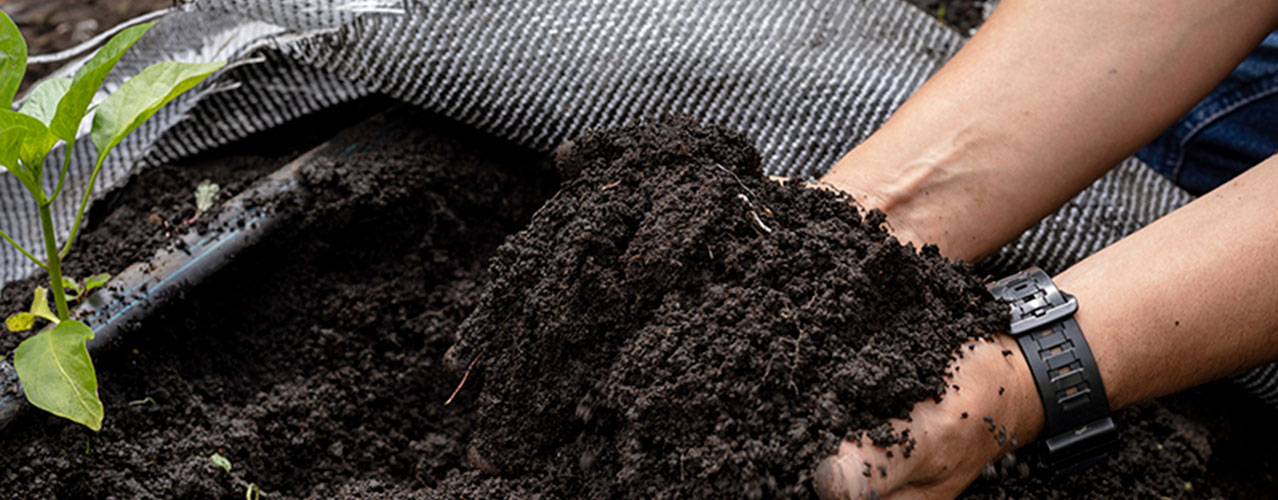Más resultados
Business
- Rice
- Sugar
- Coffee and cocoa
- Pellets for Animals
- Asparagus and Broccoli
- Fertilizers
- Grains and other Cereals
- Flour
- Minerals and Chemicals
- Orange and other Citrus Fruits
- Potatoes and other Tubers
- Fresh Fish and Seafood
- Salt

 How to choose the most appropriate textile fabric.
How to choose the most appropriate textile fabric. For the correct ground cover choice, we must consider:
Spatial location of the crop structure:
Control Variables of Interest:
 How to install the ground cover.
How to install the ground cover.  Benefits
Benefits 
RESOLVE QUESTIONS ABOUT THE PRODUCT
Contact the technical team